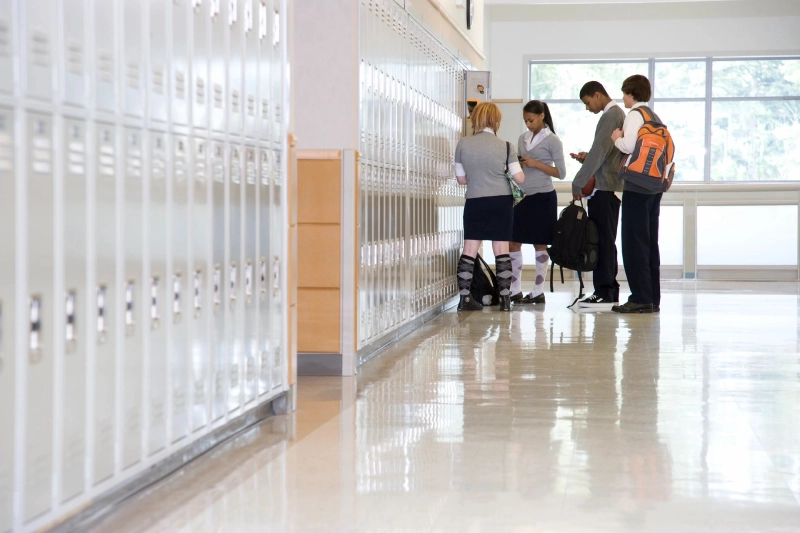
Charter Schools Information
A charter school is a type of public school. The Texas Legislature authorized the establishment of charter schools in 1995. Some of the first charters have been in operation since Fall 1996.
The Meadowland Charter District operates Subchapter D, Open-enrollment Charters. Most charters in Texas fall under this category. The commissioner authorizes these charters. Before SB 2 passed in 2013, the State Board of Education (SBOE) was the authorizer.
Charter schools are subject to fewer state laws than other public schools. The reduced legislation encourages more innovation and allows more flexibility, though state law does require fiscal and academic accountability from charter schools. The state monitors and accredits charter schools, just as the state accredits school districts.
Frequently Asked Questions
Charter schools are public schools that have the flexibility to adapt to the educational needs of individual students. Charter schools vary in mission and model, serving a wide range of students, many with needs beyond the one-size-fits-all traditional public school. Often, charter schools provide a personalized learning environment that promotes greater student achievement. Although charter schools have some autonomy, they still must meet the rigorous academic standards dictated by the state for all public schools.
On charter campuses, school leaders are permitted more freedom in managing their schools, allowing them to respond in the best interests of both parents and students. Teachers at charter schools are encouraged to structure lessons to the specific needs of their students. Some charter schools even provide a curriculum that specializes in a certain field, such as the arts, mathematics, or science. Others provide a more efficient, general education based on the educational model set forth in the charter.
Charter schools receive state funds based on the average daily attendance of students (same as traditional public schools); however, they do not receive funds from local tax revenue, and the majority, including Texas charters, do not receive state facility funding. A recent independent analysis of revenue differences between charter school districts and independent school districts reveals a persistent funding gap exists. There is a $1,000 gap per student between funding for school districts and charters on average.

About Charter Schools in Texas
Public charter schools were authorized by the Texas Legislature in 1995 to provide more choices and options in public education. Texas has a state cap of 215 open enrollment charters with multiple campuses per charter. Open enrollment charters serve approximately 154,000 students on approximately 460 campuses across the state. In the State of Texas, charter schools operate under and receive academic accountability ratings from the Texas Education Agency. Both charter and traditional public school students in Texas take the State of Texas Assessments of Academic Readiness (STAAR) tests.
Enrollment in Texas charter schools continues to increase as more families want options. This year, more than 101,000 students are on waiting lists. Seats per charter are limited by their charter agreement with the state, and where there is more interest than space, admission is frequently allocated by lottery-based admissions.
